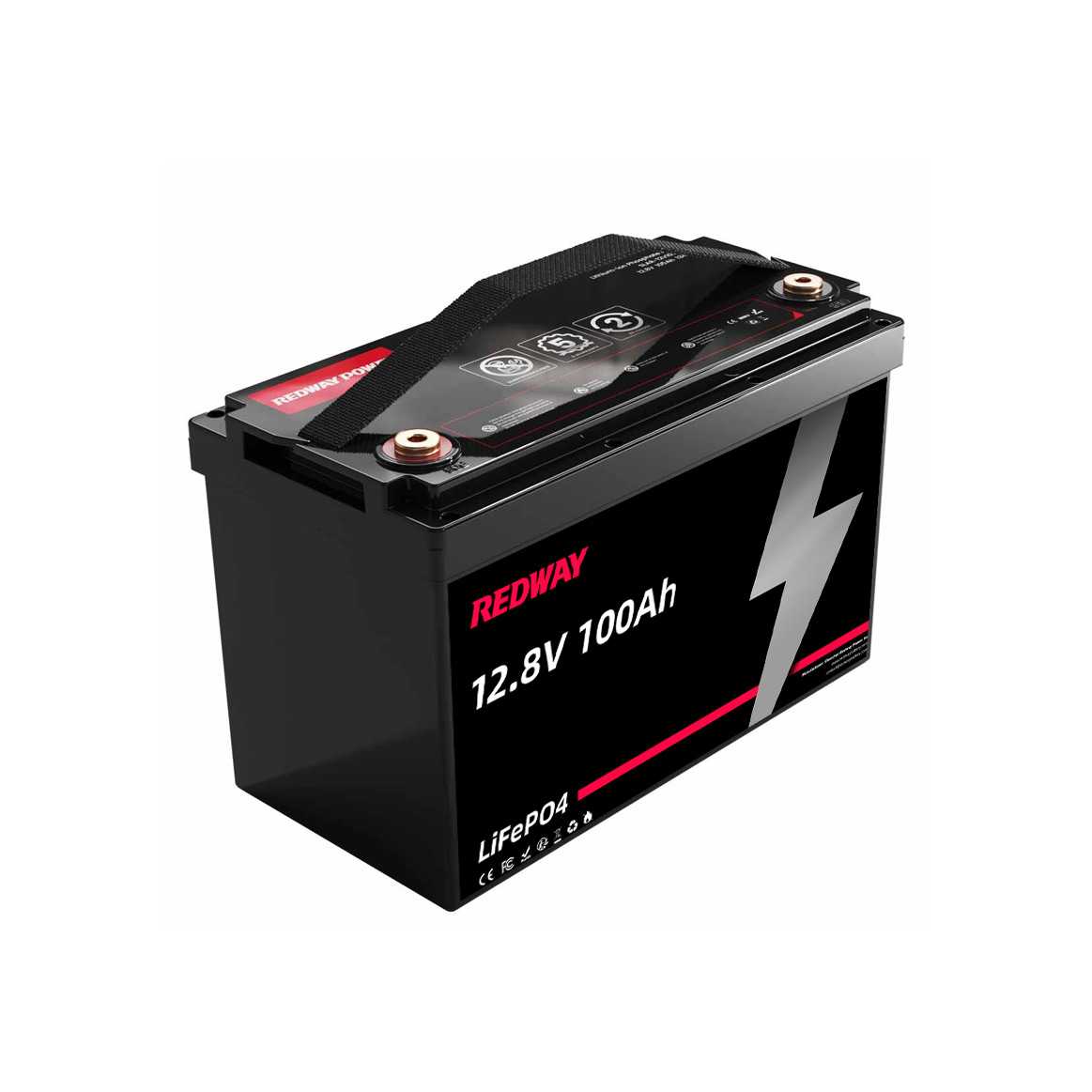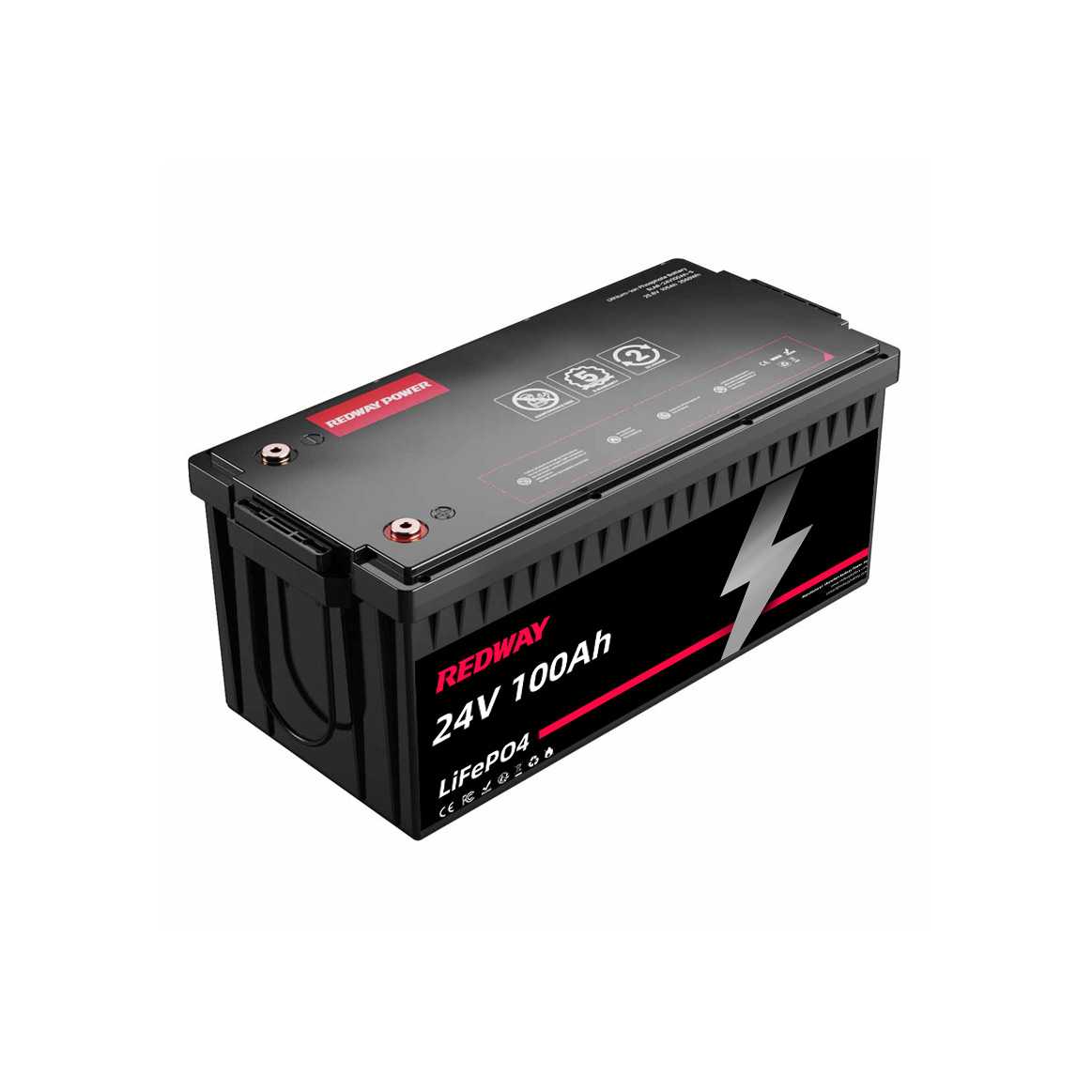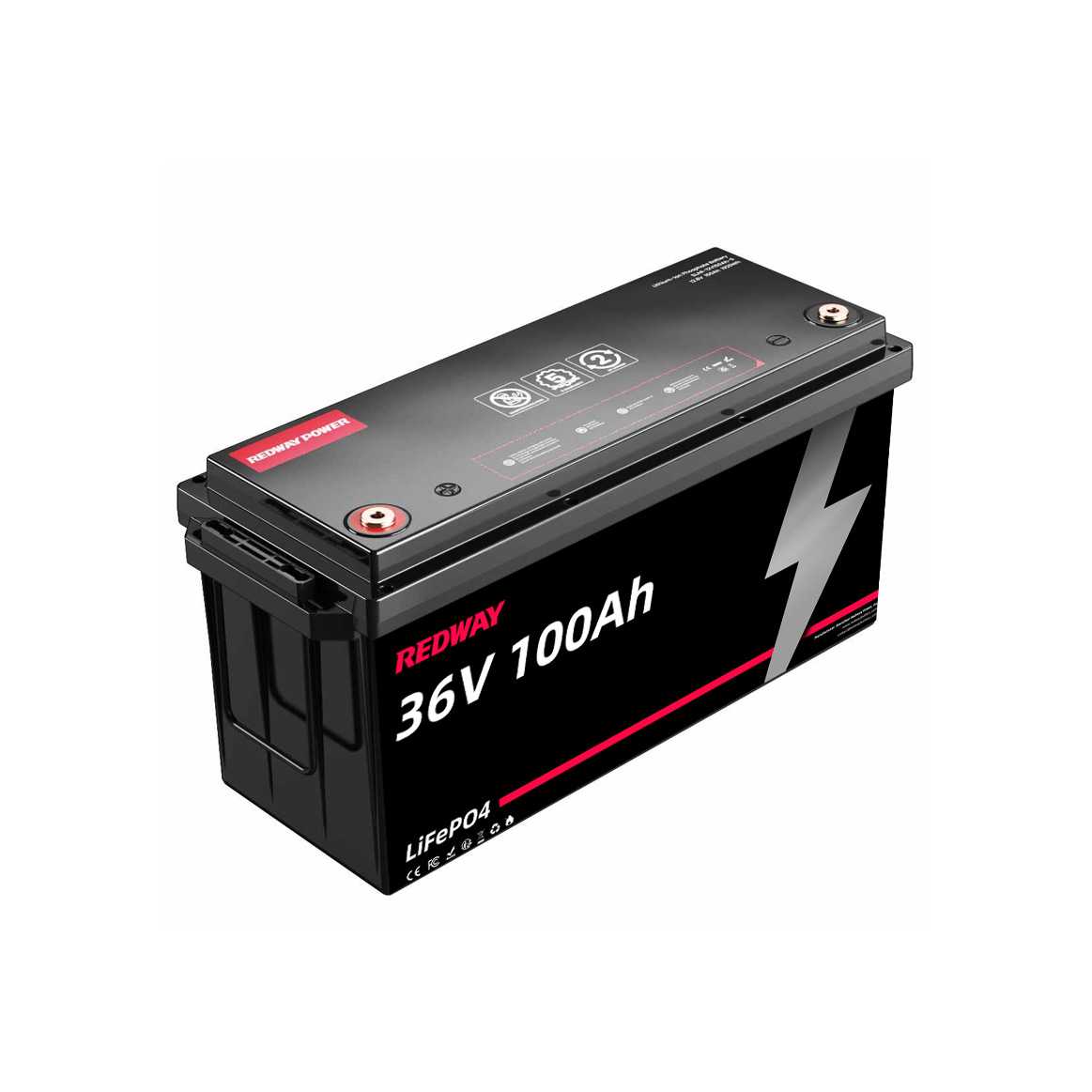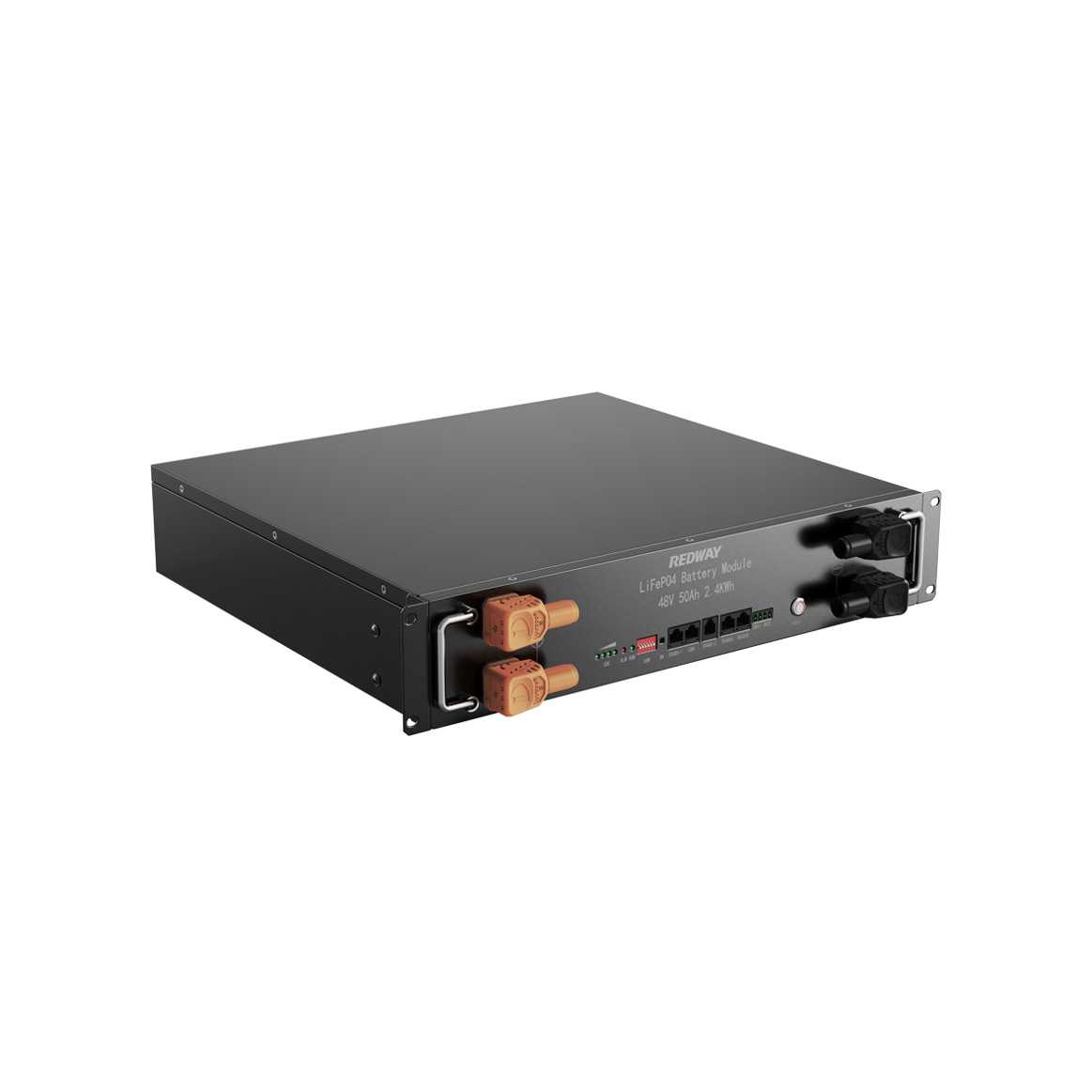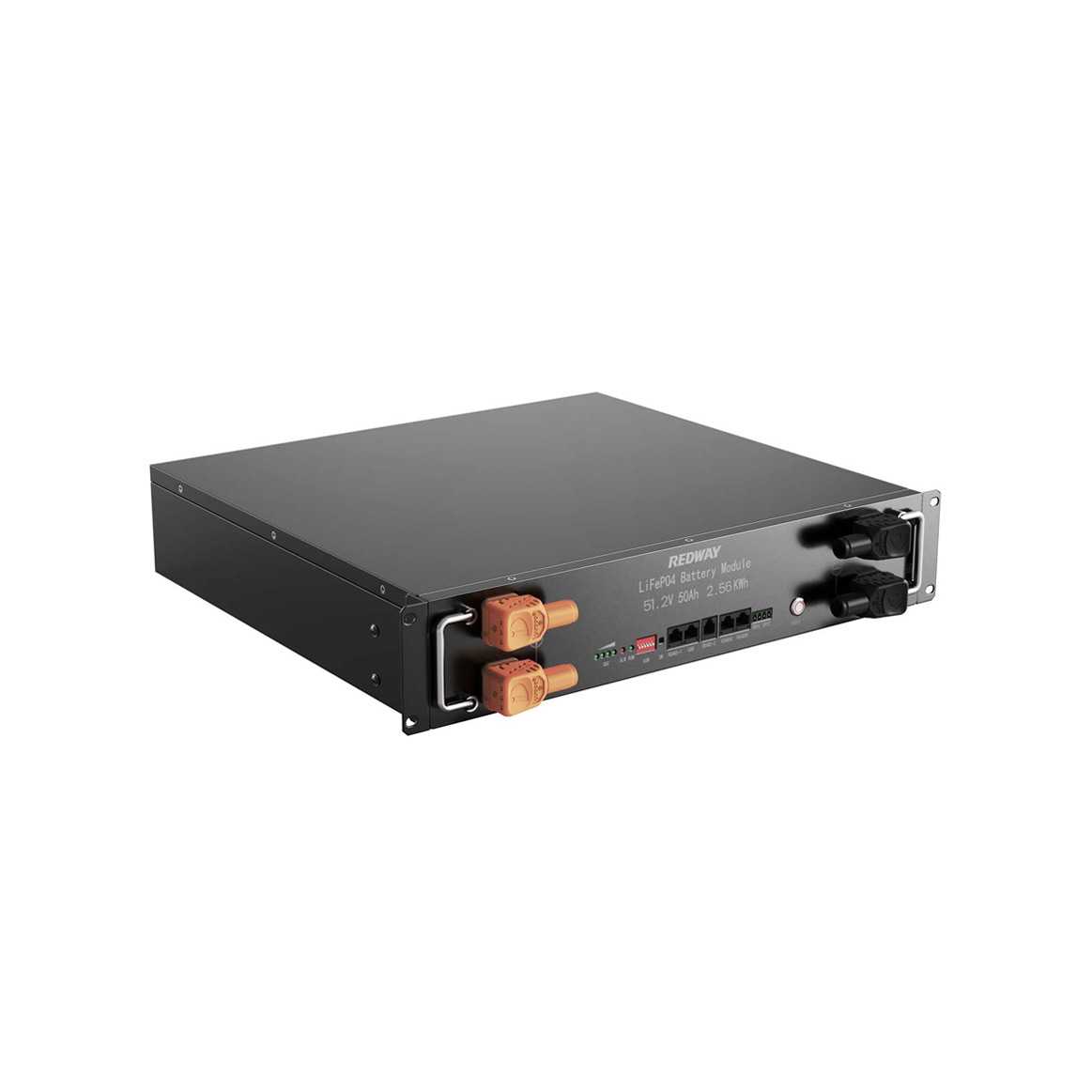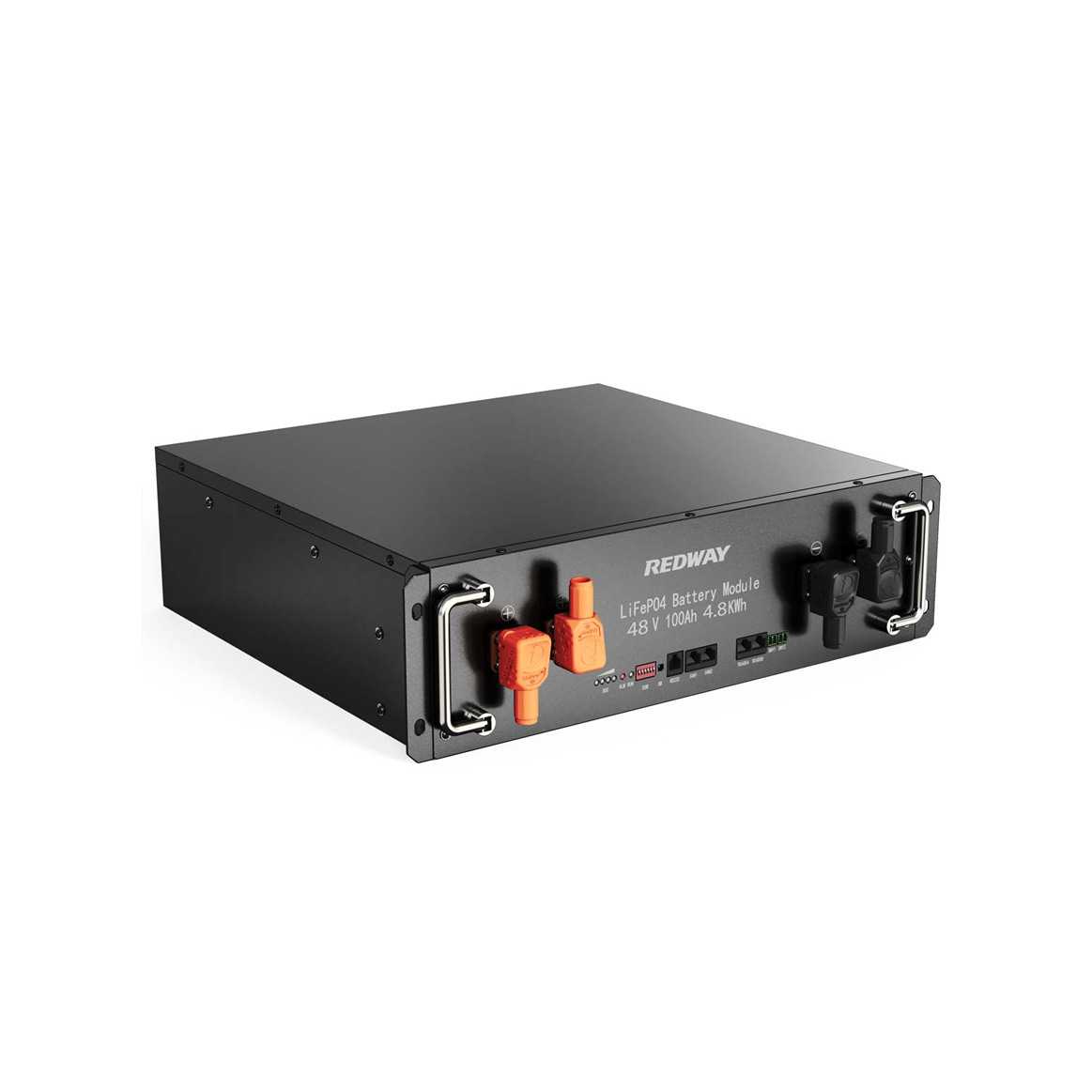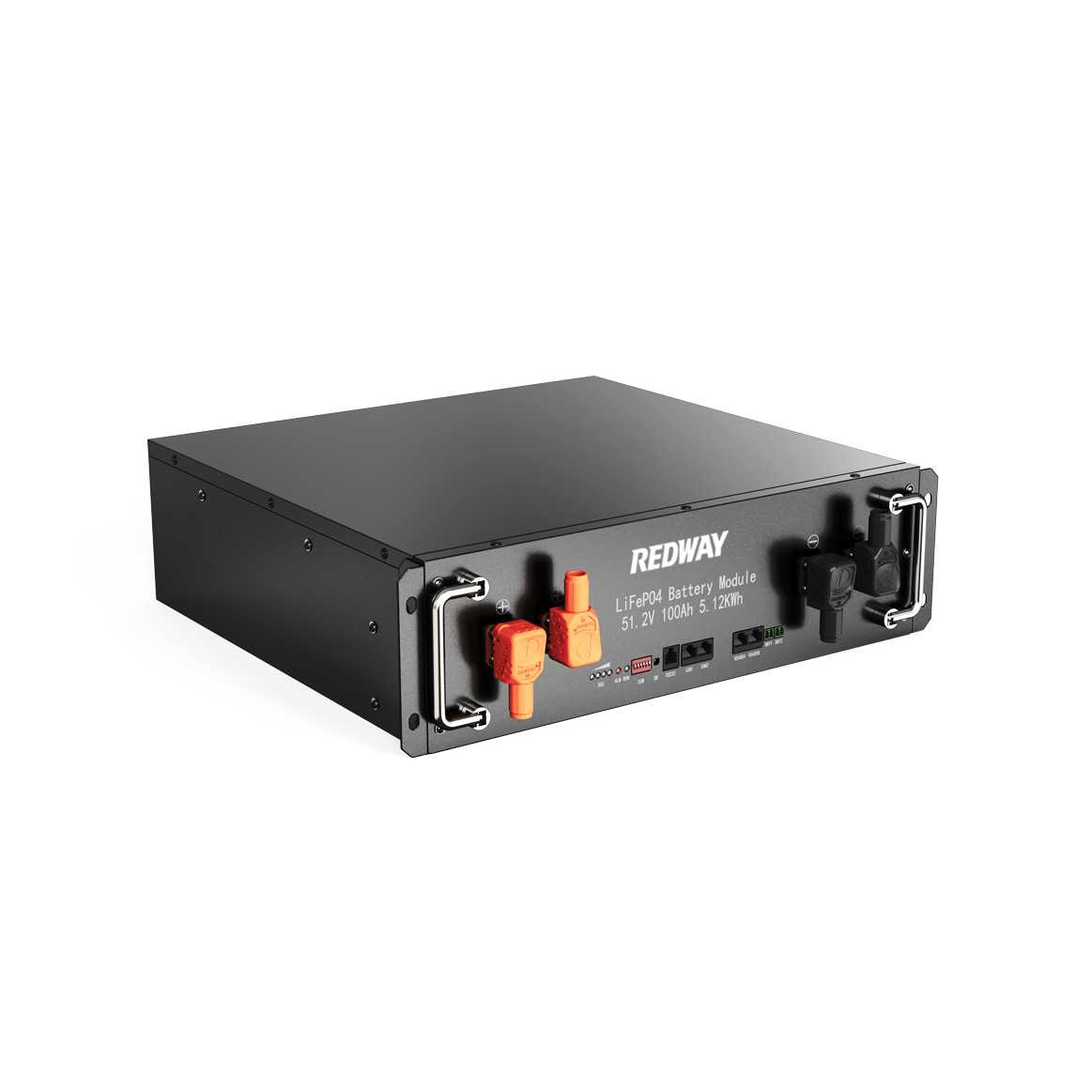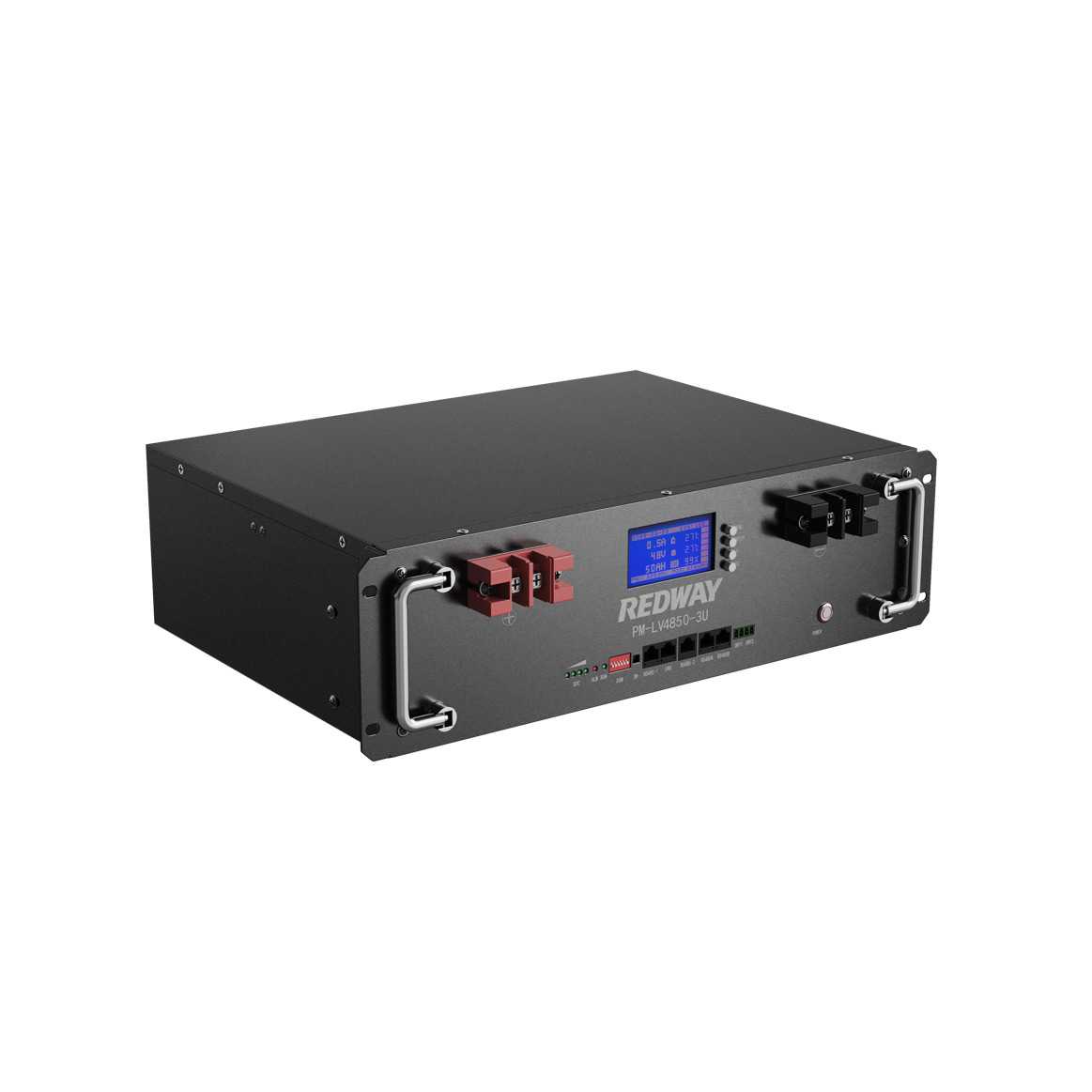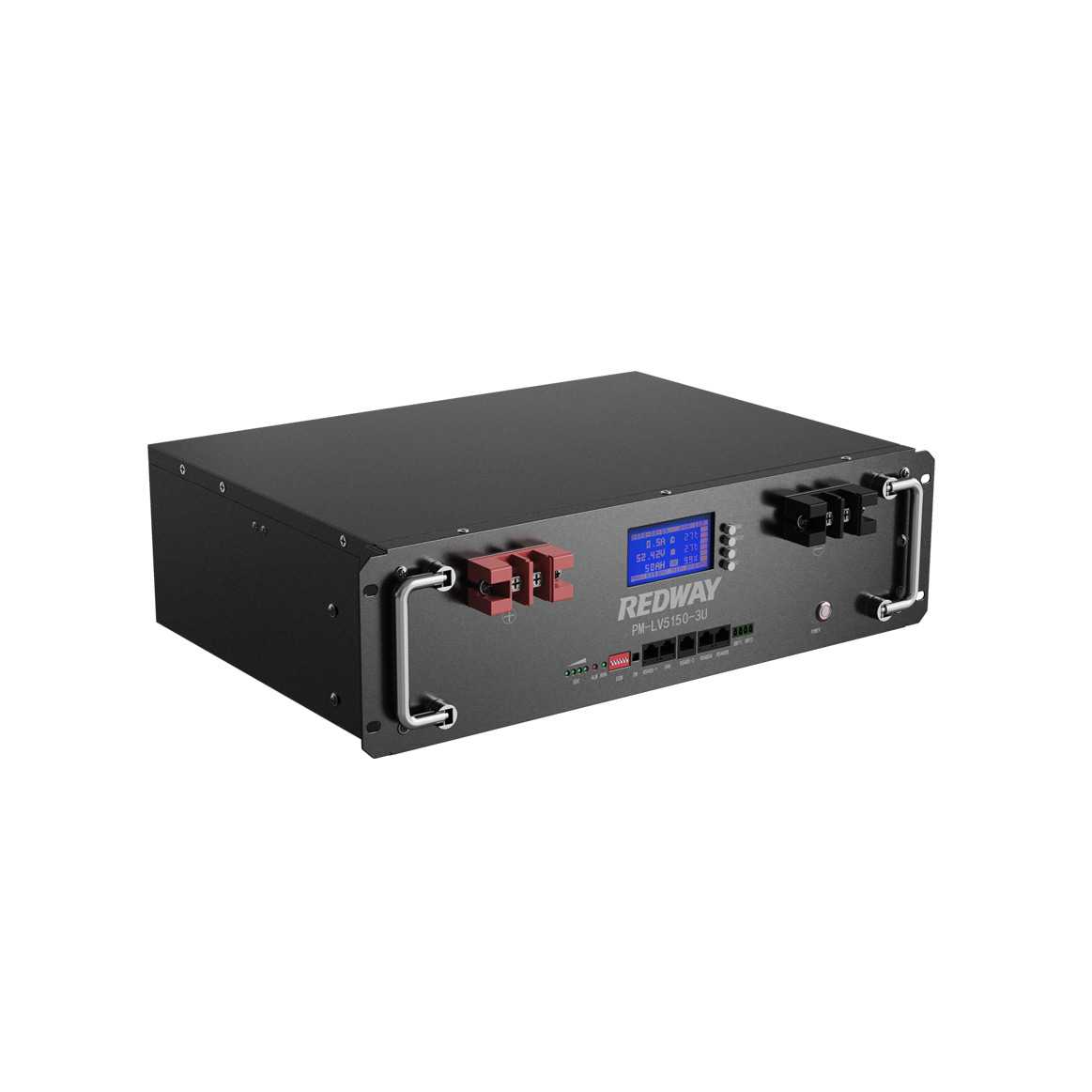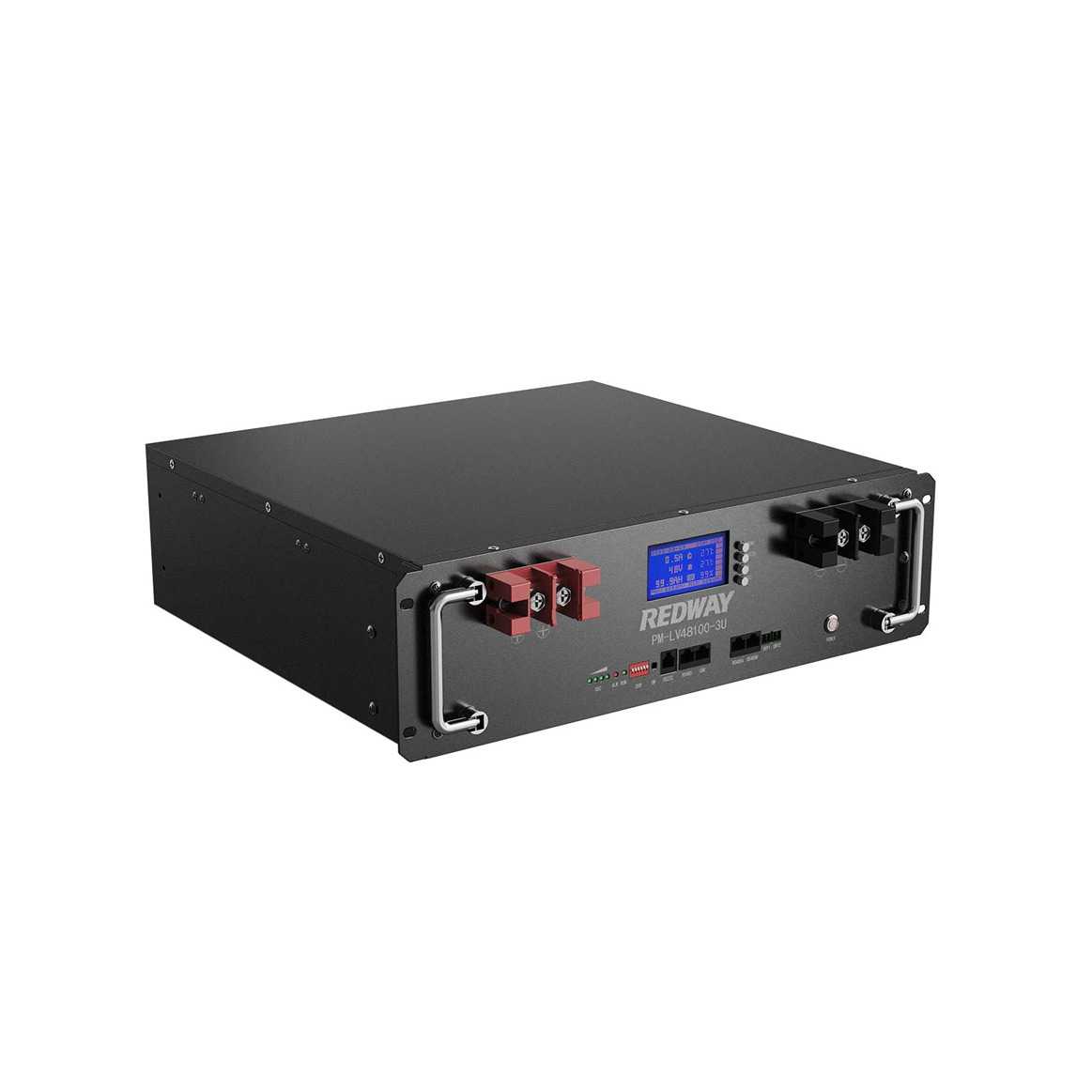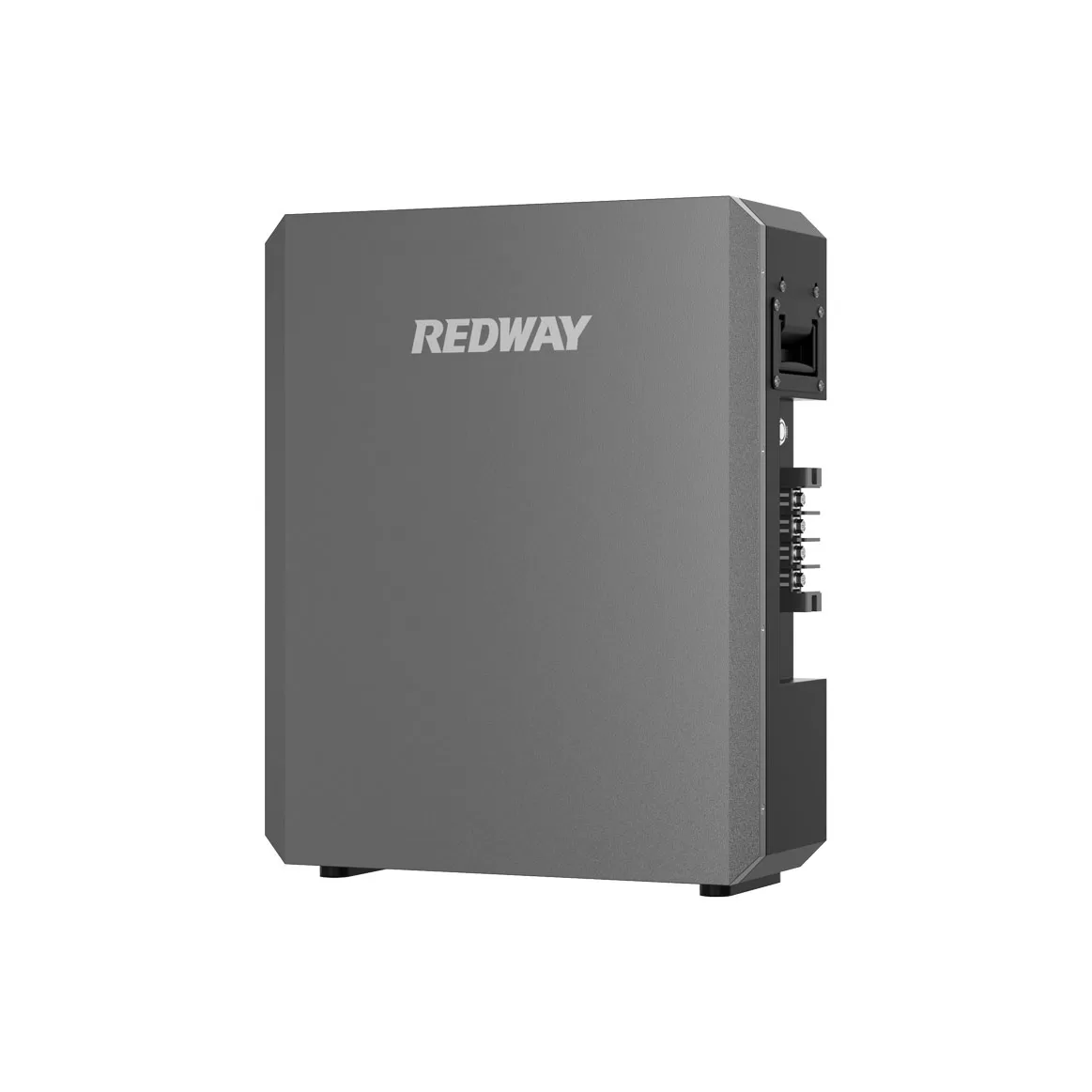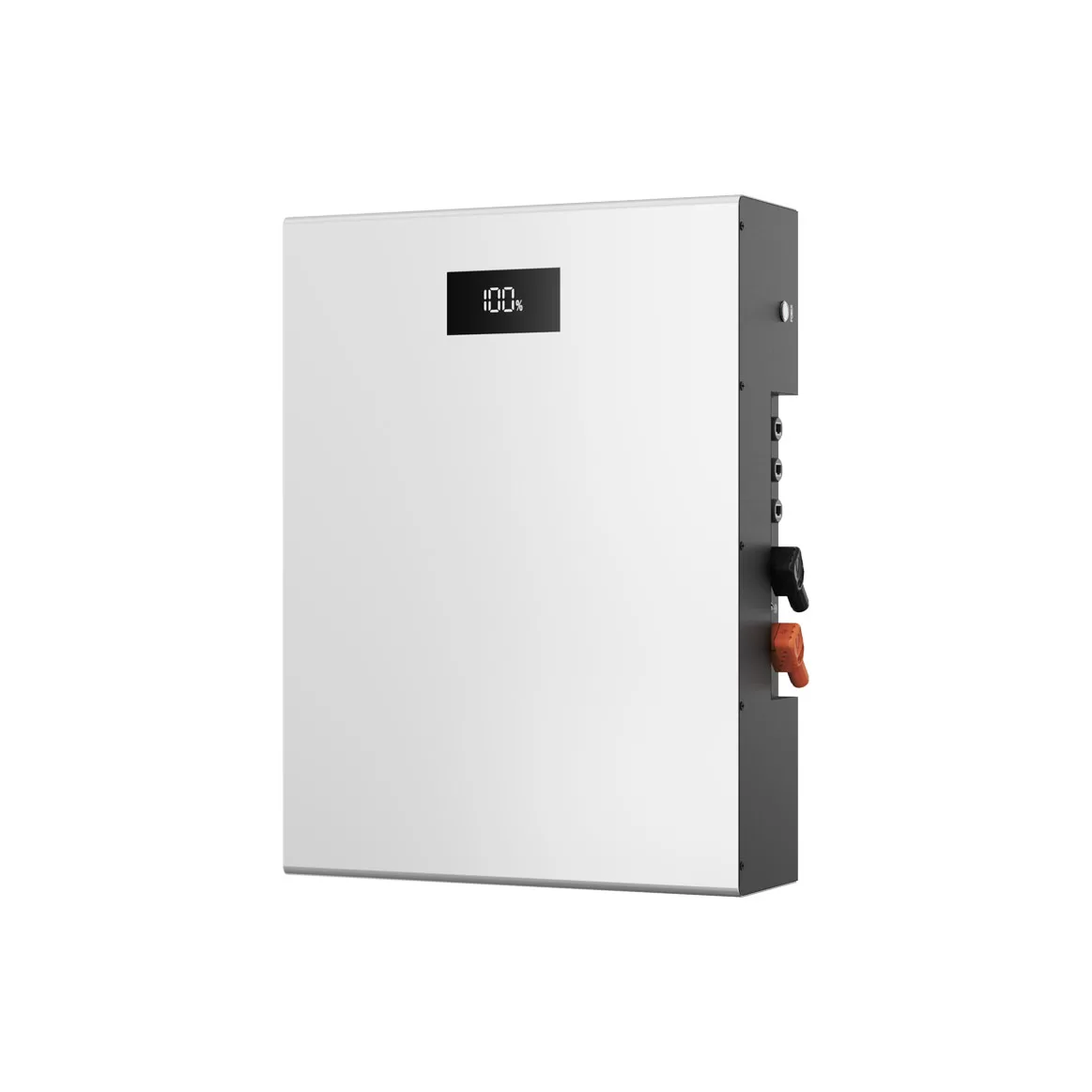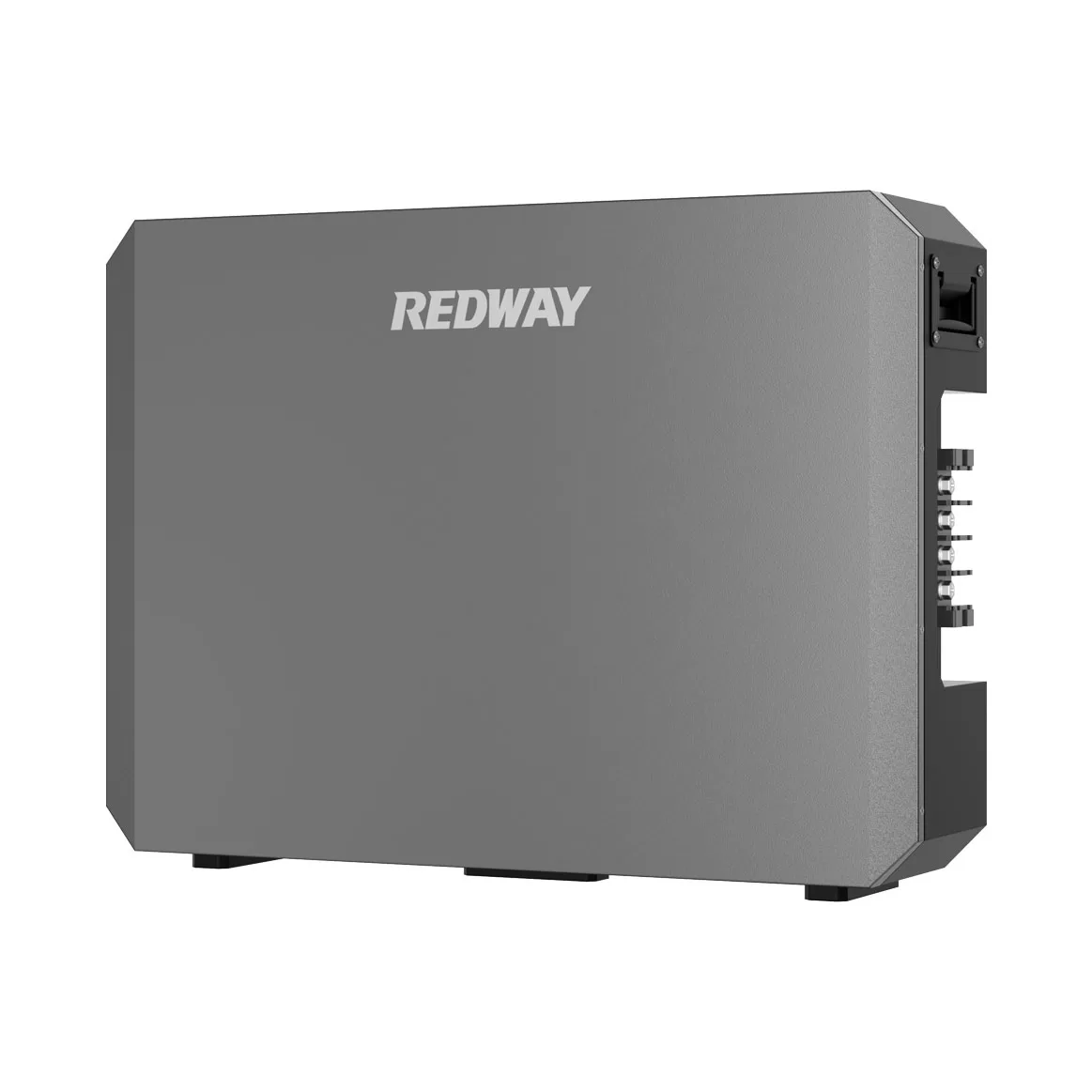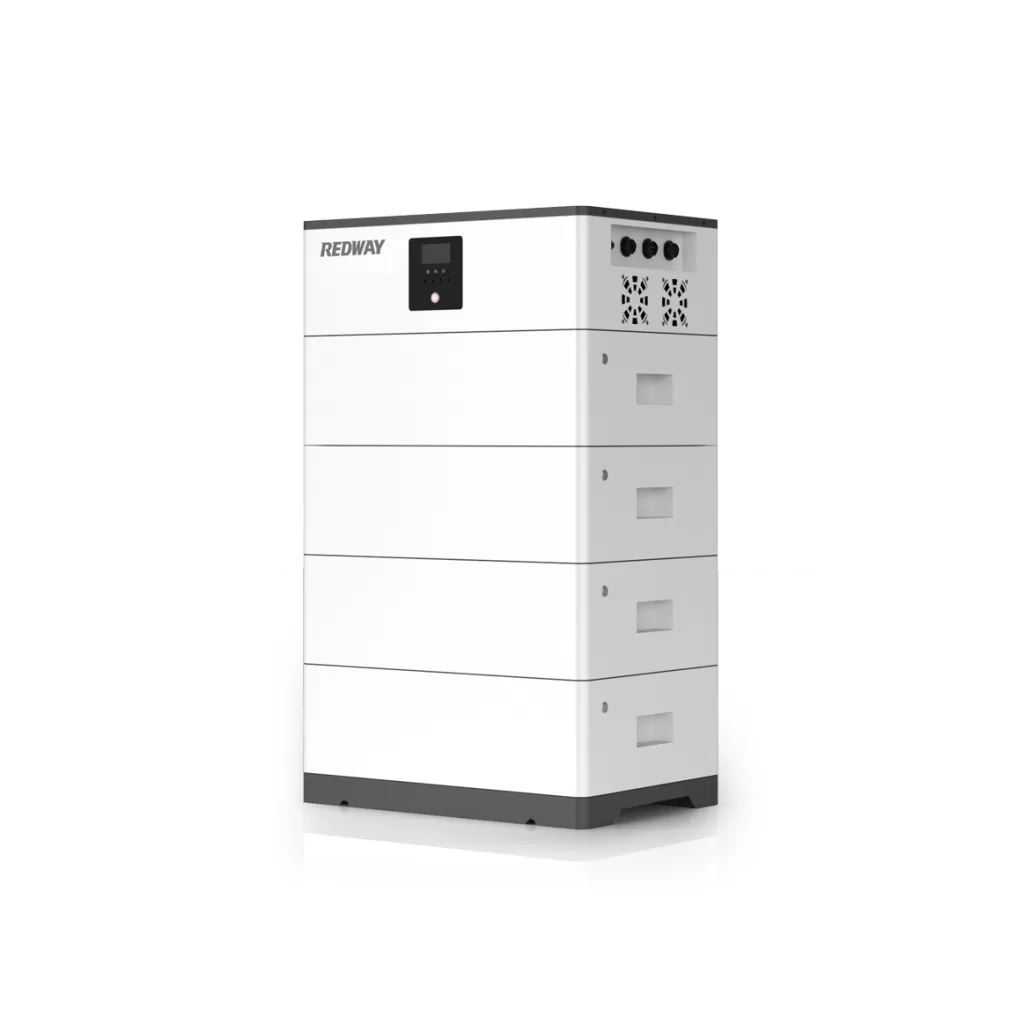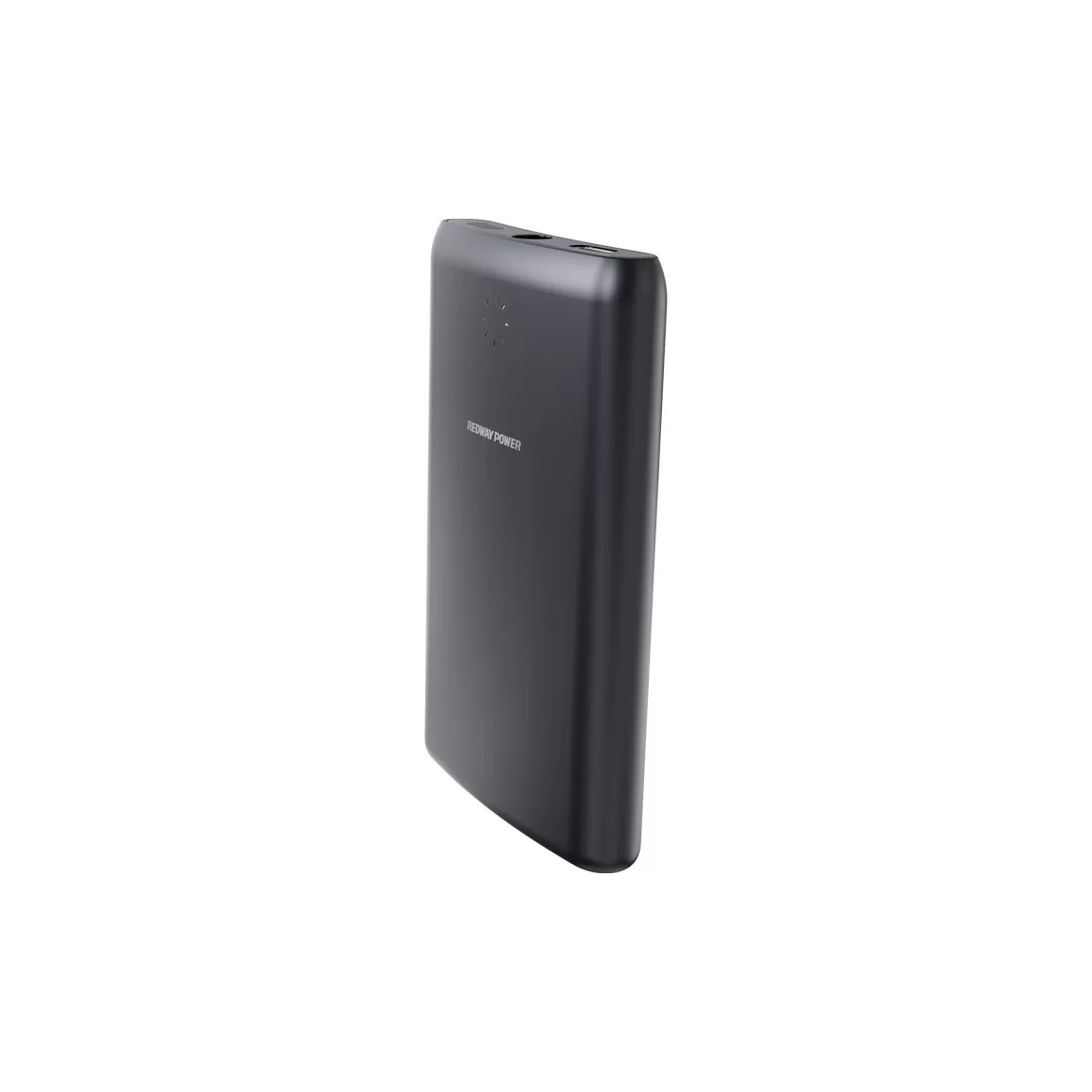En esta publicación de blog, abordamos el desafío de determinar el nivel de carga de su batería de 12 V. Desde comprender los conceptos básicos hasta explorar métodos de prueba, brindamos orientación integral. Diga adiós a la frustración de no saber el estado de su batería. Prepárese para empoderarse con conocimiento y administre con confianza la carga de su batería. ¡Sumerjámonos y desvelemos el misterio juntos!
Tabla de contenido
Comprender los conceptos básicos de una batería de 12 V
Cuando se trata de comprender el sistema eléctrico de su automóvil, es fundamental comprender los conceptos básicos de una batería de 12 V. Estas baterías se usan comúnmente en vehículos y proporcionan la energía necesaria para arrancar el motor y alimentar varios componentes eléctricos.
Una batería de plomo-ácido típica de 12 V consta de seis celdas, cada una de las cuales produce alrededor de 2,1 a 2,2 voltios cuando está completamente cargada, con un total aproximado de 12,6 a 13,2 voltios .
Por otro lado, una batería de fosfato de hierro y litio (LiFePO4) de 12 V normalmente consta de cuatro celdas, cada una de las cuales produce alrededor de 3,2 voltios , con un total aproximado de 12,8 voltios cuando está completamente cargada, por lo que depende del tipo de tecnología de batería utilizada.
Factores que afectan la carga de la batería
Comprender los factores que influyen en la carga de una batería de 12 V es clave para gestionar su rendimiento de forma eficaz. Esto es lo que necesita saber:
- Temperatura: El frío o el calor extremos pueden afectar el rendimiento de la batería, ya que las temperaturas frías ralentizan las reacciones químicas y el calor acelera la oxidación interna y la pérdida de agua, lo que conduce a una reducción de la salida de voltaje y la capacidad.
- Patrones de uso: Las demandas de alta potencia al arrancar motores o dispositivos en funcionamiento, junto con dejar los dispositivos electrónicos conectados mientras están apagados, pueden agotar la batería rápidamente.
- Edad: A medida que las baterías envejecen, su capacidad para retener y entregar carga disminuye naturalmente, lo que resulta en niveles de voltaje reducidos incluso cuando están completamente cargadas.
- Mantenimiento: Un mantenimiento inadecuado, como descuidar la limpieza de los terminales y la eliminación de la corrosión, puede dificultar la conductividad eléctrica y reducir la eficiencia de la carga.
- Prácticas de descarga: La descarga frecuente por debajo de los niveles recomendados sin una recarga adecuada puede dañar permanentemente la química de la batería.
Comprender estos factores le permite mantener niveles de carga óptimos para sus baterías de 12 V, lo que garantiza un rendimiento confiable y una larga vida útil.
Métodos para probar la carga de una batería de plomo-ácido
Probar la carga de una batería de 12 V implica varios métodos, cada uno con sus pros y sus contras. A continuación se muestra un desglose:
- Multímetro: Utilizando un multímetro para medir el voltaje conectando sondas a los terminales de la batería. Una batería de 12 V completamente cargada debe leer alrededor de 12,6 V o más.
- Hidrómetro: Mide la gravedad específica del electrolito con un hidrómetro y lo compara con un gráfico para evaluar el estado de carga con precisión.
- Inspección visual: comprobar si hay líquido transparente en las celdas de la batería y asegurarse de que no haya grietas ni fugas indica que la batería está completamente cargada.
Mantener una batería completamente cargada es crucial para el rendimiento y la longevidad. Las comprobaciones periódicas ayudan a prevenir fallos inesperados y prolongar la vida útil general. Recuerde realizar una verificación cruzada de los resultados utilizando diferentes métodos para garantizar la precisión.
Usar un multímetro para verificar el voltaje de la batería
One of the most accurate methods for determining if a 12V battery is fully charged is by using a multimeter. This handy tool measures voltage and can provide you with an accurate reading of the battery’s charge level.
To start, set your multimeter to DC voltage mode. Then, attach the positive (red) lead of the multimeter to the positive terminal of the battery and connect the negative (black) lead to the negative terminal. Make sure you have a good connection between your leads and terminals.
Once connected, turn on your multimeter and read the voltage displayed on its screen. A fully charged 12V battery should ideally show a voltage reading between 12.6V and 13.2V+.
If your reading falls below this range, it indicates that your battery may not be fully charged and may require charging before use. On the other hand, if your reading exceeds this range, it suggests that your battery may be overcharged or experiencing issues.
Remember to take multiple readings at different times to ensure accuracy as fluctuations in temperature can affect voltage levels temporarily.
By using a multimeter correctly, you can accurately assess whether or not your 12V battery is fully charged without relying solely on guesswork or visual indicators alone.
Testing with a Hydrometer
One effective method for testing the charge of a 12V battery is by using a hydrometer. This handy tool measures the specific gravity of the battery’s electrolyte, which can indicate its state of charge.
To use a hydrometer, start by removing the cell caps from the battery and ensuring that the electrolyte covers all plates. Then, insert the hydrometer into each cell and squeeze it to draw in some electrolyte. Release your grip on the bulb and wait for it to stabilize. The reading on the scale will provide you with valuable information about your battery’s charge.
Remember that if all cells have similar readings close to or above 1.265 specific gravity, then your battery is considered fully charged! On the other hand, significantly lower readings may indicate that your battery needs charging or even replacement.
Using a hydrometer can be an accurate way to determine whether your 12V battery is fully charged or not. However, keep in mind that this method requires caution as it involves handling corrosive materials like sulfuric acid.
Visual Inspection of the Battery
When it comes to determining if a 12V battery is fully charged, a visual inspection can provide valuable clues. Start by checking the battery terminals for any signs of corrosion or buildup. Corrosion can prevent proper electrical contact and reduce the battery’s ability to hold a charge.
Next, examine the battery casing for any cracks or damage. A damaged casing could lead to acid leaks or other issues that affect the overall performance of the battery. It’s important to address any damage promptly to ensure optimal functioning.
Additionally, take note of the electrolyte level in each cell. The cells should be filled with enough distilled water to cover the plates but not overflowing. If you notice low electrolyte levels, it may indicate that your battery needs attention.
Observe any abnormal smells coming from the battery during charging or discharging cycles. Strange odors could suggest potential problems such as overheating or internal damage.
By regularly visually inspecting your 12V battery, you can catch early warning signs and prevent potential issues before they become major headaches down the road.
Methods for Testing LiFePO4 Battery Charge
Testing the charge of a LiFePO4 battery can be done using various methods. Here are some common approaches:
- Voltage Measurement: Use a multimeter to measure the battery voltage. A fully charged LiFePO4 battery typically reads around 3.2 volts per cell, so for a 12V battery, you would expect a voltage of around 12.8 volts.
- Battery Management System (BMS): Many LiFePO4 batteries come with built-in BMS that provide information about the battery’s state of charge. Check the BMS display or interface for charge status.
- Capacity Test: Conduct a capacity test using a battery analyzer or load tester. This involves discharging the battery at a controlled rate and measuring the amount of energy it delivers before reaching a specified cutoff voltage.
- Specific Gravity Measurement: For flooded LiFePO4 batteries, you can use a hydrometer to measure the specific gravity of the electrolyte. A fully charged battery will have a specific gravity close to 1.300.
- Voltage Under Load: Test the battery voltage under load by connecting it to a known load and measuring the voltage drop. This method provides information about the battery’s ability to deliver power under real-world conditions.
Choose the method that best suits your needs and equipment availability to accurately test the charge of your LiFePO4 battery.
Tips for Maintaining a Fully Charged Battery
Now that you know how to determine if your 12V battery is fully charged, it’s important to understand how to keep it that way. Regular maintenance and care can extend the life of your battery while ensuring optimal performance. Here are some tips:
1. Keep the terminals clean: Over time, corrosion can build up on the battery terminals, affecting its ability to hold a charge. Clean them regularly with a mixture of baking soda and water or use a specific terminal cleaner.
2. Avoid deep discharging: Deeply discharging your battery on a regular basis can shorten its lifespan. Try not to let the charge drop below 50% before recharging.
3. Check for parasitic drains: Some devices or systems in your vehicle may draw power even when they’re turned off, causing unnecessary drain on the battery. Use an ammeter to check for any current flow and address any issues promptly.
4. Store properly during winter months: If you live in an area with cold winters, take precautions when storing your batteries during this time. Disconnect them from any devices and store them in a cool, dry place away from extreme temperatures.
5. Charge regularly: Even if you don’t use your vehicle often, make sure to recharge the battery periodically to maintain its charge level.
6. Properly tighten connections: Loose connections between the cable clamps and terminals can lead to poor electrical contact, resulting in reduced charging efficiency over time.
By following these tips and implementing good practices for maintaining your 12V battery’s charge, you’ll ensure its longevity and reliability when you need it most!
Remember that an adequately charged 12V battery is crucial for powering various applications such as vehicles or recreational equipment effectively! So don’t overlook proper maintenance – give your batteries the attention they deserve!
FAQs
What are some recommended products for battery monitoring and maintenance?
There are several recommended products for battery monitoring and maintenance. One such device is the Battery Monitor, which accurately tracks the usage of amp-hours to provide data on the power pack’s state of charge. It also displays voltage and current information and can be connected to a smartphone via Bluetooth for convenient monitoring through a mobile app. Another useful product is the Solar Charge Controller, particularly for systems with solar panels connected to a battery. This device helps regulate voltage levels and can provide insights into battery capacity, which may be crucial in ensuring efficient battery maintenance and monitoring.
What are some common voltage readings for different states of charge of a battery?
When examining the voltage levels of a battery, it serves as a valuable diagnostic tool to assess its state of charge and overall health. By employing a multimeter, one can swiftly gauge the condition of the battery. For instance, if dealing with a 12V car battery, typically the following voltage readings indicate various states of charge:
– A fully charged and well-maintained battery is expected to register around 12.6V. This level signifies optimal functionality.
– A slight reduction in voltage, say to about 12.5V, might be acceptable in the short term, but it is advisable to monitor the battery closely as any further drop could indicate underlying issues.
– For a partially discharged battery in need of recharging, voltage levels typically range between 12.1V and 12.4V. It’s essential to employ a suitable charger to replenish the battery efficiently. Prolonged periods within this voltage range may lead to a diminished battery lifespan.
– Once the voltage falls below 12.0V, it indicates that the battery is completely discharged or ‘flat’, necessitating immediate recharging to prevent permanent damage.
In summary, monitoring voltage levels provides vital insights into the operational status of a battery, allowing timely interventions to maintain its efficiency and prolong its lifespan.
How can a cranking test indicate the health of a car battery?
A cranking test can provide valuable insights into the condition of a car battery by measuring the voltage drop that occurs when the engine is started. This test involves checking the voltage level of the battery while the engine is being cranked. A healthy battery should typically read between 9 to 10 volts during this process. If the voltage drops below this range, it could be an indication of a weak battery that may need to be replaced. This drop in voltage during the cranking process is a key indicator of the battery’s ability to supply the necessary power to start the engine effectively.
What are the voltage readings of LiFePO4 batteries?
LiFePO4 batteries, also known as lithium iron phosphate batteries, typically exhibit slightly higher voltage readings compared to other types of batteries. For example, a fully charged 12V LiFePO4 battery may read around 13.5V, while at 70% state of charge (SOC), it might show a voltage reading of approximately 13.2V. This indicates that LiFePO4 batteries tend to have voltage characteristics that differ from traditional lead-acid batteries, for instance, and understanding these specific voltage readings is essential for effectively monitoring and utilizing LiFePO4 battery systems.
How can I conduct a cranking test to measure the effectiveness of my car battery?
To conduct a cranking test to measure the effectiveness of your car battery, start by using a multimeter to measure the voltage of the battery. When you initially start the vehicle, take note of the voltage reading. A healthy battery should maintain between 9 volts and 10 volts while trying to crank the engine. If the voltage drops below this range during the cranking test, it may indicate that the battery is weak and may need to be replaced. Monitoring the voltage during the cranking process can provide valuable insight into the condition of your car battery and its effectiveness in starting the engine.
What impact does a lower voltage reading have on a car’s performance?
Una lectura de voltaje más baja puede tener un impacto significativo en el rendimiento de un automóvil. Cuando el voltaje cae por debajo de 12,6 voltios, la carga de la batería disminuye, lo que afecta la eficiencia general del vehículo. Por ejemplo, a 12,4 voltios, la batería solo está cargada alrededor del 75%. , lo que puede provocar un arranque más lento del motor y una reducción de la potencia de otros componentes eléctricos. A medida que el voltaje cae aún más a 12,2 voltios y 12 voltios (50% y 25% de carga, respectivamente), el rendimiento del automóvil se deteriora aún más, lo que podría provocar El vehículo no arranca por completo. En conclusión, mantener el nivel de voltaje adecuado es crucial para garantizar el rendimiento y la funcionalidad óptimos de su automóvil.
¿Cómo puedo medir el voltaje de una batería de automóvil de 12 voltios en reposo?
Para medir el voltaje en reposo de una batería de automóvil de 12 voltios, necesitará un multímetro, que es una herramienta asequible capaz de medir varias propiedades eléctricas, incluido el voltaje. Comience por ubicar la batería de su automóvil, que generalmente se encuentra en el compartimiento del motor. en algunos vehículos se puede encontrar en el maletero.
Para conectar correctamente el multímetro a la batería del automóvil, comience desconectando los terminales de la batería, primero retire la tapa del terminal positivo y conecte el cable positivo del multímetro a la batería, posteriormente retire la tapa del terminal negativo y conecte el cable negativo del multímetro a la batería.
Una vez que el multímetro esté correctamente conectado, enciéndelo y observa la lectura que se muestra en la pantalla. Esta lectura te indicará el voltaje de la batería de tu auto de 12 voltios en reposo. Siguiendo estos pasos podrás medir con precisión el voltaje de la batería de tu auto. usando un multímetro.
¿Qué voltaje debe mostrar una batería de 12v cuando el auto está en marcha?
Cuando un automóvil está en marcha, el voltaje que muestra una batería de 12 V suele ser más alto que su voltaje en reposo. Una batería de automóvil en buen estado que funcione correctamente debe leer entre 13,7 voltios y 14,7 voltios cuando el vehículo está en marcha. Este rango se considera normal para un Batería de 12V en buen estado. Es importante tener en cuenta que las variaciones en el sistema de carga y otros factores pueden provocar fluctuaciones en los niveles de voltaje, por lo que comprobar el voltaje de la batería con el coche en reposo es la mejor manera de obtener una lectura precisa de una Rendimiento de la batería de 12V.
